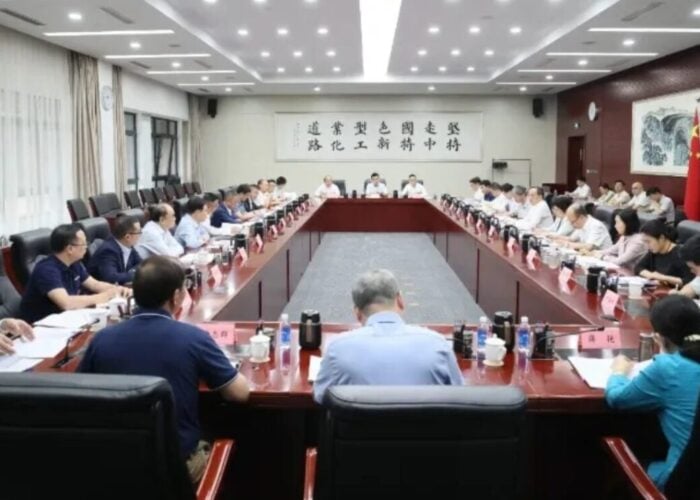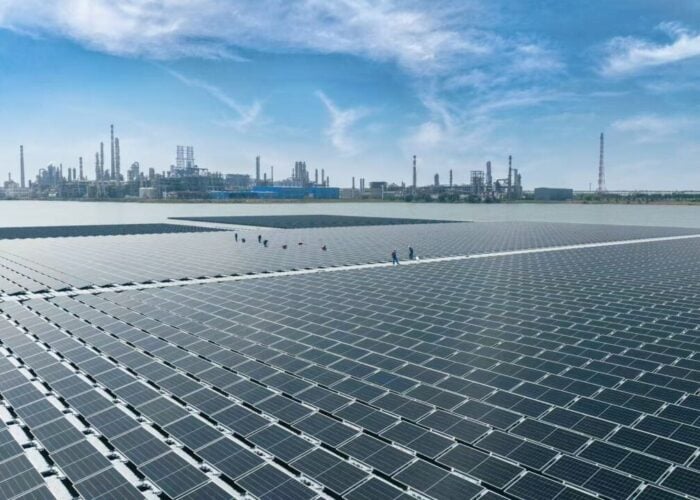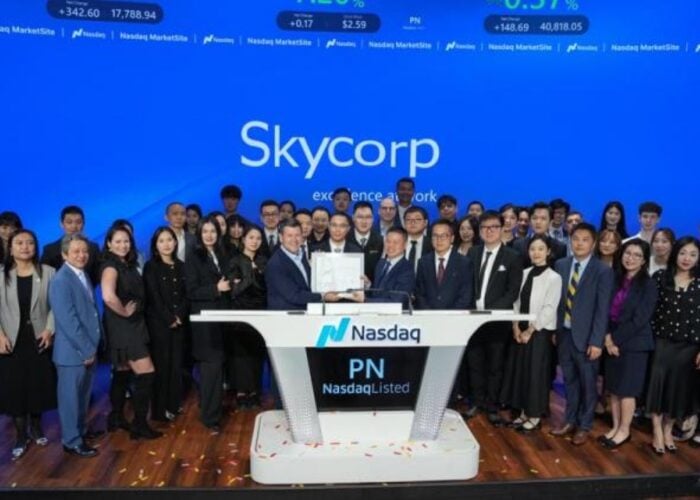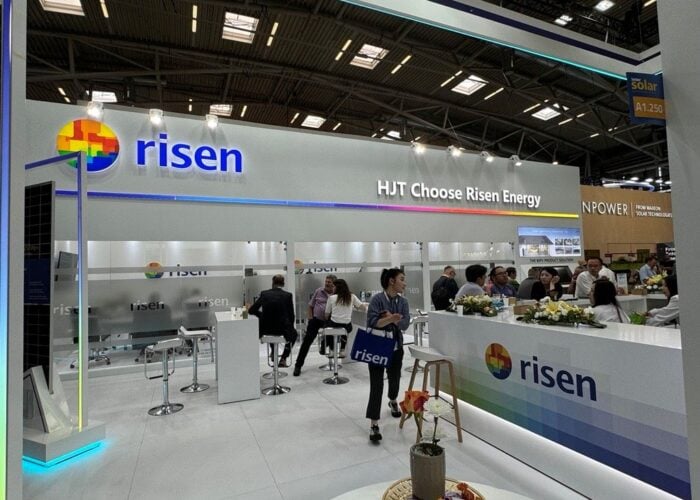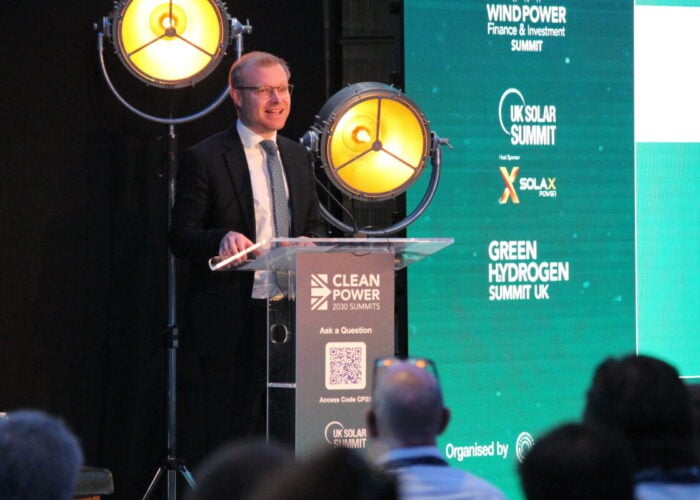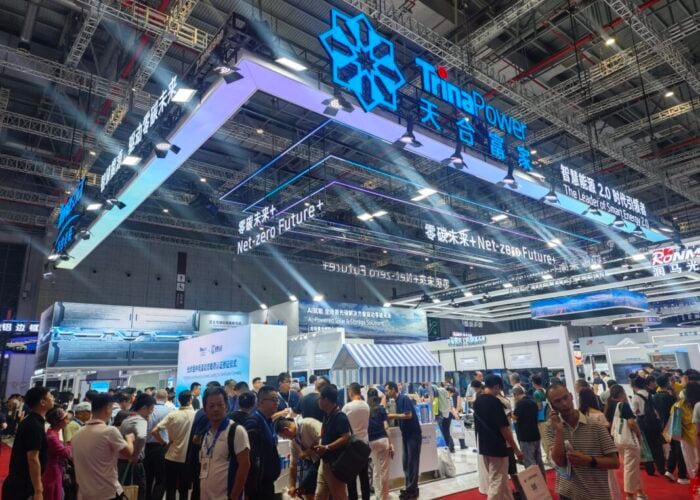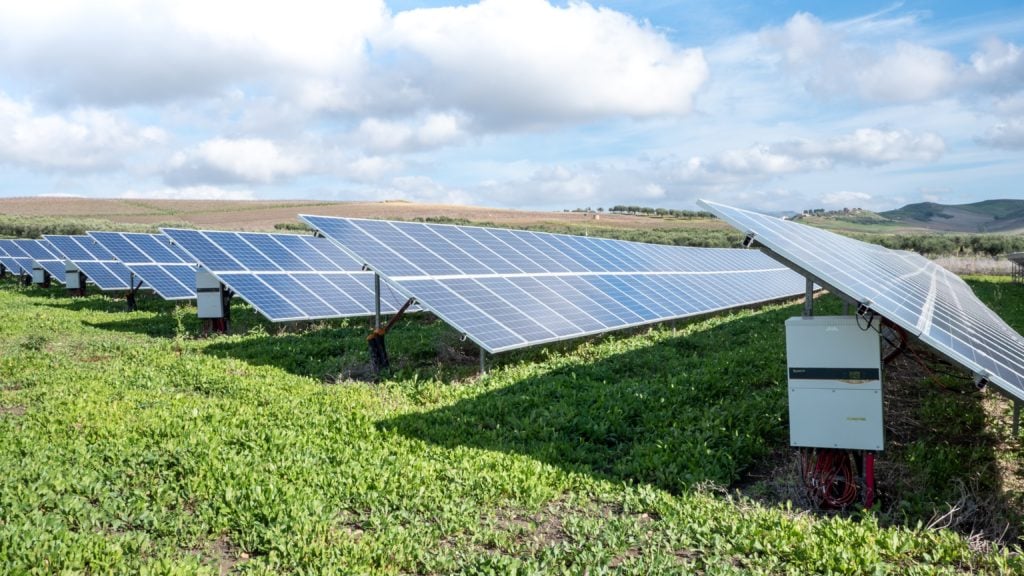
In China, the once highly sought-after investment in PV projects by stated-owned power and energy enterprises is quietly undergoing changes.
Recently, Guangzhou Development announced the termination of a 1GW PV project, which involved an investment of RMB4 billion (US$550 million). Meanwhile, YuanDa Environmental Protection, a subsidiary of State Power Investment Corporation, is divesting its renewable energy assets, which includes 13 controlling projects. Numerous energy and power companies have successively listed their PV assets for sale or transfer, garnering widespread attention and sparked in-depth discussions within the industry.
Unlock unlimited access for 12 whole months of distinctive global analysis
Photovoltaics International is now included.
- Regular insight and analysis of the industry’s biggest developments
- In-depth interviews with the industry’s leading figures
- Unlimited digital access to the PV Tech Power journal catalogue
- Unlimited digital access to the Photovoltaics International journal catalogue
- Access to more than 1,000 technical papers
- Discounts on Solar Media’s portfolio of events, in-person and virtual
Dai Hegen, the chairman of the China Railway Construction Corporation (CRCC), stated in an interview that for projects such as centralized PV and wind power, which are already facing overcapacity, CRCC must refrain from further investment.
Central state-owned enterprises (SOEs) cancel projects and sell PV assets
2024 has marked a turning point for Chinese energy and power enterprises’ investments in PV power plants.
According to public information, since 2024, central SOEs, including State Power Investment Corporation, State Grid Corporation, China General Nuclear Power Corporation, and Dongfang Electric Corporation, have sold multiple PV power plants or equity in PV project companies, totalling 1,017MW.
In addition to selling projects, SOEs are also terminating or delaying PV projects. For example, Power Investment Energy, a subsidiary of State Power Investment Corporation, announced the write-off of an approved 40MW household distributed PV project in Chifeng City. The project was deemed unfeasible to continue due to a financial internal rate of return on capital of only 8.53%.
In December 2024, China Energy Conservation and Environment Protection Solar announced that the expected operational date for the 100MW Yongxin Luxi PV project would be postponed to June 2025.
Moreover, the cancellation of allocated PV project quotas is also occurring simultaneously. In 2024, 369 PV projects – with a combined capacity of 29GW – across 9 provinces and cities were cancelled. Many of these projects belonged to central SOEs, and the reasons for cancellation included overdue commencement and failure to connect to the grid on time.
The investment enthusiasm of central SOEs for PV projects appears to be diminishing.
Price fluctuations, performance assessments, and red zones for consumption: the investment logic of PV plants changes
The enthusiasm of central SOEs for investing in PV plants can be traced back to 2021. That year, the State-owned Assets Supervision and Administration Commission (SASAC) of the State Council required SOEs to achieve a renewable power installation ratio of over 50% by 2025.
Driven by dual-carbon goals and social investment, several SOEs have significantly increased their investments in PV and other renewable power plants. These SOEs include CHN Energy Investment Group, China Huaneng Group, China Huadian Corporation, China Datang Corporation, State Power Investment Corporation, China Resources Power Holdings, and China Energy Conservation and Environment Protection Corporation.
As of 2024, several SOEs have achieved notable progress in clean energy capacity ratios. State Power Investment Corporation, Huaneng, and China Huadian have all exceeded 50%, while China Datang Corporation has surpassed 47%, and CHN Energy Investment has also exceeded 40%. It is evident that with the gradual completion of assessment targets, central SOEs have less urgency to invest in PV power plants.
Moreover, the drastic price fluctuations in the PV industry have also made PV plant investments uncertain. The investment costs of power plants have begun to breach the investment thresholds of central SOEs.
In 2023, the price of a PV module once approached RMB2/W (US$0.27/W), but by the end of 2024, it had dropped below RMB0.7/W, a decline of over 65%. Meanwhile, the price of EPC (Engineering, Procurement, and Construction) PV projects also fell from around RMB4/W to nearly RMB2.8/W. Amid the significant ups and downs in investment costs, many PV power plant investors have suffered losses.
Li Min, the general manager of a PV power plant investment company in the Gansu province, told PV Tech that his company obtained a PV project quota in a certain place in 2022. The company started construction in mid-2023 and completed the module tender. However, to date, the project has already incurred losses of up to RMB80 million.
In addition to the investment in PV power plants themselves, the marginal costs are also escalating year by year. For example, the increasingly scarce land resources and the mandatory energy storage policies in many places have contributed to the additional costs of power plant investments. Consequently, the internal rate of return has declined, breaching the investment thresholds of central SOEs.
In addition to volatile investment costs, red zones for consumption have become another factor affecting PV power plant investments. According to the 2024 renewable energy grid connection and consumption report published by the China New Energy Consumption Monitoring and Early Warning Center, the utilisation rate of PV power generation in China last year reached 96.8%.
Among them, five regions, including Western Inner Mongolia, Shaanxi, Gansu, Qinghai, and Xinjiang, have reached the 95% utilization rate red line, and these areas are precisely where central SOEs have clustered their investments in centralised PV projects.
Beyond centralised PV plants, distributed PV projects also face the problem of red zone grid-connection issues. Statistics show that as of the end of 2024, more than 450 counties across the country have been identified as red zones for low-voltage carrying capacity. In many regions, the issue of power curtailment has led to a suspension of project approvals.
New pricing reform reshaped profit logic
Recently, the National Development and Reform Commission and the National Energy Administration jointly issued a notice titled Deepening the Market-oriented Reform of Renewable Energy Feed-in Tariffs to Promote High-quality Development of Renewable Energy, sparking heated discussions in the industry about the market entry of renewable energy such as PV.
Local renewable energy market entry regulations have been introduced in Guangdong, Zhejiang, Jiangsu, Hubei, Liaoning, Ningxia, Xinjiang, Shaanxi and Inner Mongolia.
After PV power entered the market, the original investment calculation model for existing PV projects, which was based on fixed power prices and fixed grid-connected power quantities, has undergone changes. The investment returns of PV power plants are now highly uncertain.
In 2024, 11 power companies in Guangdong Province jointly submitted a letter to the Guangdong Provincial Energy Bureau and the Southern Regulatory Bureau of the National Energy Administration, stating that the loss ratio among major power generation groups had exceeded 50%. The reason for this was the low annual trading volume in market-oriented transactions, leading to a loss ratio of over 50%.
PV plants are characterised by high initial investment and low operational costs. The uncertainties regarding grid-connected power volumes and prices have made central SOEs more cautious about investing in PV projects.
In 2024, the Shandong and Shanxi Provinces in China experienced negative power prices multiple times. In early 2025, negative power prices appeared almost every day in February in Shanxi. Meanwhile, from January 19 to 20, the spot power price in Zhejiang Province, a major electricity-consuming province, briefly hit a record low of negative RMB0.2/kWh.
The emergence of negative and zero power prices reflects the conflict between PV power generation and consumption patterns. The frequent occurrence of negative and zero power prices has also led central SOEs and other power plant investors to reassess the rationality of holding PV assets.
From “scale first” to “quality first” in PV plant investment
Under such circumstances, are central power enterprises no longer investing in solar PV? The answer is no.
Based on the bidding scale of PV modules and other projects by various central SOEs in 2025, the equipment framework procurement scale of these enterprises in the PV sector continues to rise. For example, PowerChina’s centralised procurement of PV modules increased from 42GW in 2024 to 51GW in 2025, marking an 18% growth. China Datang Group’s centralised procurement increased from 16GW in 2024 to 22.5GW in 2025, reflecting a 41% increase.
At the same time, central SOEs are still establishing renewable companies and expanding renewable businesses. Starting in 2025, central SOEs such as Datang, PowerChina, CHN Energy Investment, Sinopec, and PetroChina have established their renewable companies.
“Central SOEs have clearly not abandoned their investments in PV power plants. Instead, they have merely adjusted their strategies to be more rational and quality-oriented,” says Li Min. “We have been closely observing the investment trends of major enterprises and have discerned some patterns.”
“Under industrial development and policy guidance, it is inevitable for central SOEs to divest from or terminate low-quality power plant projects. As the investment focus of central SOEs shifts from resource competition to lean operation, and from scale expansion to value creation, China’s PV industry will truly enter a new era of high-quality development,” adds Li Min.
As is known to all, the upstream and downstream divisions of China’s PV industry are clear-cut, with the upstream manufacturing dominated by private enterprises and the downstream power plants led by central SOEs. As the dominant players in the power plant sector, central SOEs are not only divesting low-quality projects but also increasing investment in high-quality ones.
Dai Hegen stated that the China Railway Construction Corporation (CRCC) has chosen low-carbon buildings, which are sunrise industries and ‘blue ocean’ fields. Projects like centralised PV and wind power, which have begun to saturate, are no longer viable investments for CRCC, as continuing to invest in them would mean ‘transforming’ without ‘upgrading.’ CRCC’s investment strategy is focused on upgrading.
According to Dai, although the CRCC does not invest in centralised PV projects, it has prioritised distributed renewable energy as a key investment focus.
“With the release of policies on the comprehensive market entry of renewable energy, both ordinary power plant investors and central SOEs need to assess the rationality of PV project investments more cautiously. There is a tendency to allocate more resources to regions with favourable resource attributes and strong power demands,” Li Min concluded.
He predicted that in the future, investors will impose higher standards on PV equipment, such as modules and inverters, as well as on post-operation maintenance and power transactions.

